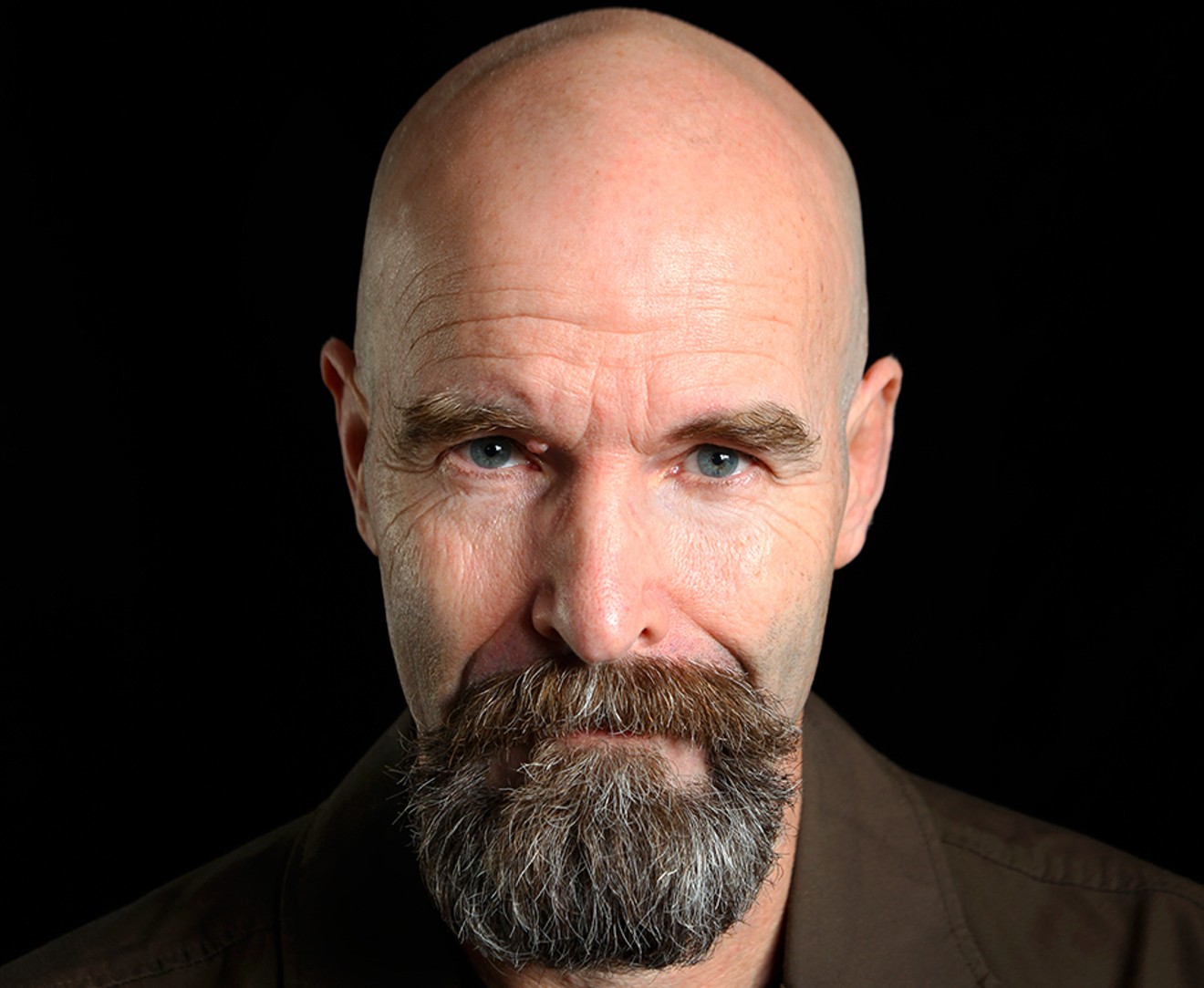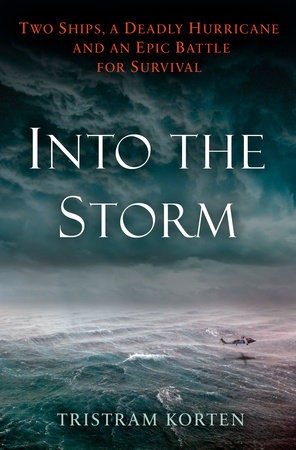In October 2015, Category 3 Hurricane Joaquin ripped through the Caribbean. It was a storm that confounded meteorologists and sank the cargo ship El Faro, bound for Puerto Rico. Along with the vessel, 33 sailors were lost.
But just as El Faro was taking on water, another ship, on its way from Miami to Haiti, was also in dire trouble. The Minouche, a smaller, less refined boat, would also sink the same day El Faro sent its last communication. These parallel stories are the subject of Tristram Korten's new book, Into the Storm, which he'll discuss at Books & Books in Coral Gables this Friday, May 4.
"I’ve always sort grown up near the ocean and the water," says Korten, who has written for numerous publications over the years, including New Times. "I’m fascinated and terrified by its strength, so I was fascinated and terrified by this event."
The sinking of El Faro was headline news across the nation, but the rescue of The Minouche went largely unreported. Korten suspects the lack of coverage was because El Faro, a nearly 800-foot vessel with almost three dozen people onboard, was bigger news than the 210-foot sloop that had left the Miami River with a crew of 12.
Shortly after the storm, Korten tried to find a way to tell the story of this maritime nightmare for GQ. That's when he started learning about The Minouche.
"I began looking at the Coast Guard’s reports of what they were doing at that time," Korten explains. "I saw a little one from the same day nearby in which another cargo ship from Miami had sunk and the crew was all rescued in an overnight rescue that involved dropping a rescue swimmer into the water at night in the middle of a hurricane."
Korten also explores Hurricane Joaquin itself, not only because it was the maelstrom that set these events in motion but also because it was an unusual storm. Whereas most depressions are born on the westerly winds from Africa’s Atlantic coast, this storm sprang up just north of the Bahamas.
“It defied prediction,” he says. “The National Hurricane Center right here in Miami couldn’t accurately predict where it was going to go next. They kept expecting it to curve to the west and then go north, and, instead, it went straight south... And this hurricane made me think, Gee, I wonder what climate change’s impact on hurricanes is going to be, so I spent some time examining that issue in the book as well.”
And though Into The Storm sheds light on the servicemen of the U.S. Coast Guard outpost on the remote Bahamian Island of Great Inagua and the hurricane they braved, much of the book is also devoted to the men who helmed the doomed ships. The captain of El Faro, Michael Davidson, for instance, didn’t exactly have a reputation for being especially involved with the ship. Rather, he relied much more upon computers in the comfort of his cabin to keep his boat afloat.
“He was known as a ‘stateroom captain,’” Korten says. “He was in the stateroom where he had his computers set up monitoring weather and taking care of all the stuff he had to take care of. But it’s apparent in retrospect that he was overly reliant on this weather forecasting system they had onboard.”
Because of the augmented and delayed readings Davidson relied on, the course the captain thought would take the ship within 60 miles of the eye of the hurricane — a dangerously close proximity to begin with — actually wound up taking them within 20 miles of it.
Meanwhile, when Renelo Gelera, captain of The Minouche, finished his shift in the wheelhouse at noon just 140 miles south of El Faro, he went to his bunk and said his prayers before bed. Suddenly, he heard a loud banging on the hull. He made his way to the engine room, asked the crew if they had heard anything, and eventually went back to his room. There, he heard more noises.
“Around 1 or 2 [in the afternoon], just based on this intuition, he musters his crew and instructs everyone to put on lifejackets and says that nobody is allowed below decks.”
About 4 hours later, the crew entered the straits between Cuba and Haiti, where the winds picked up violently and the boat eventually sank. But the men of The Minouche lived because their captain had listened to his instincts. The men of El Faro were not so fortunate. The crew had put out a call to the Coast Guard saying that the ship was taking on water but that it was manageable, that they were not in danger of sinking.
Soon they lost communication, and the ship was never seen again.
The story Korten tells is impressively multifaceted, exploring everything from timely issues such as climate change to timeless themes such as man’s struggle against the ocean’s fury.
Tristram Korten discusses Into the Storm. 8 p.m. Friday, May 4, at Books & Books, 265 Aragon Ave., Coral Gables; booksandbooks.com. Admission is free.
[
{
"name": "Air - MediumRectangle - Inline Content - Mobile Display Size",
"component": "19274298",
"insertPoint": "2",
"requiredCountToDisplay": "2"
},{
"name": "Editor Picks",
"component": "17482312",
"insertPoint": "4",
"requiredCountToDisplay": "1"
},{
"name": "Inline Links",
"component": "18711090",
"insertPoint": "8th",
"startingPoint": 8,
"requiredCountToDisplay": "7",
"maxInsertions": 25
},{
"name": "Air - MediumRectangle - Combo - Inline Content",
"component": "17482310",
"insertPoint": "8th",
"startingPoint": 8,
"requiredCountToDisplay": "7",
"maxInsertions": 25
},{
"name": "Inline Links",
"component": "18711090",
"insertPoint": "8th",
"startingPoint": 12,
"requiredCountToDisplay": "11",
"maxInsertions": 25
},{
"name": "Air - Leaderboard Tower - Combo - Inline Content",
"component": "17482313",
"insertPoint": "8th",
"startingPoint": 12,
"requiredCountToDisplay": "11",
"maxInsertions": 25
}
]













